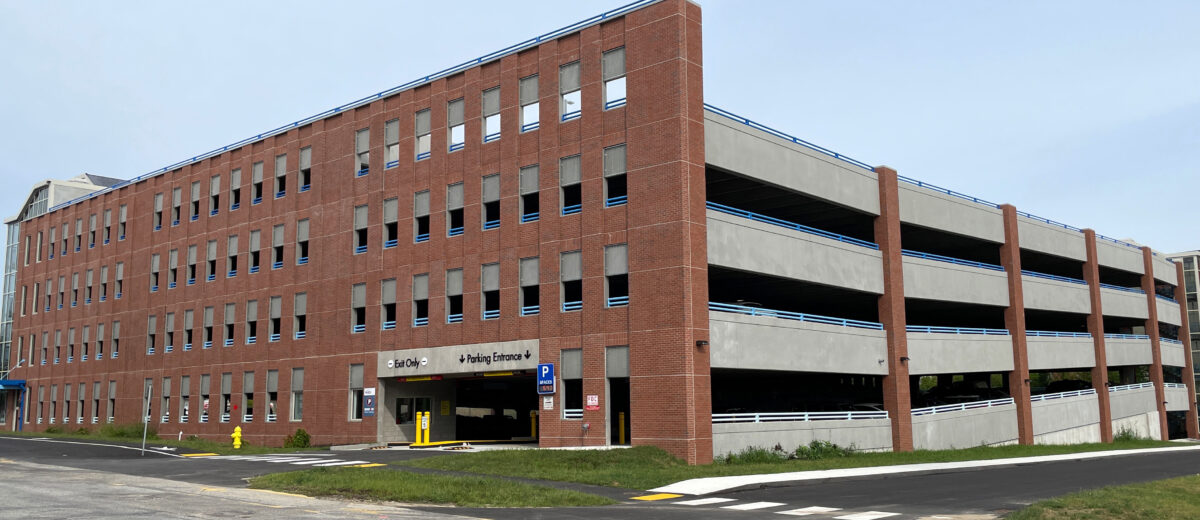
The Evolution of Tax Increment Financing
by Andrew Nelson
Municipal Tax increment financing (TIF) is a financing tool adopted by the State of Maine that enables a municipality or county to leverage new property taxes captured by a specific project or projects in a designated geographic district. The adoption of a TIF district allows a local government authority to shelter new tax valuation from decreasing the community’s share of general-purpose aid for education and municipal revenue sharing, and from increasing the County tax payment. These new, sheltered tax revenues can be used to finance statutorily allowable public or private projects.
Maine passed its first TIF laws in 1977, with dozens of revisions to the laws since then. Now, more than 100 communities are utilizing the program around the state, so generally speaking, TIF is old news. As originally designed, TIF was for urban redevelopment targeting areas that were at risk of becoming blighted or industrial zoned areas in need of development. Over time, TIF has evolved into the general-purpose economic development tool we see today.
What’s new to the TIF discussion are creative approaches to the implementation of TIF that presents opportunities to unlock access to private infrastructure capital. Almost 90% of the infrastructure projects needed in the U.S. have a price tag of under $50 million, yet most private infrastructure funds won’t get out of bed for any project that costs under $250 million or more. Infrastructure funds are in the business of deploying capital, so offering potential TIF proceeds to credit enhance debt rather defeats their purpose for existing. One way for smaller, municipal level projects to garner the attention of the private capital markets is to use TIF revenues from either an existing TIF district currently generating revenue, or a new district that will capture value unlocked from a contemplated project to protect the downside Rate of Return (ROI) for the project.
As an example, let’s think about a small market, $30 million municipal parking structure that is needed as a catalyst to enable $80 million in new development in a downtown and the municipality does not have the ability or willingness to tap into the borrowing capacity of the community. A parking study shows demand for the garage but there could be a ramp up period over a number years to generate the revenue needed to produce the ROI requirements for the private capital. You will find very limited risk appetite in the infrastructure capital markets, especially for a small project. A possible solution is to look to any existing TIF districts within the vicinity, expand that district to include the new development area or create a new district to capture the new development value. A portion of those future TIF revenues can be made available as an annual true-up mechanism to add a belt and suspenders to the project target ROI if revenues come up short. Should additional TIF revenues be unnecessary to stabilize the ROI, the municipality can use those TIF proceeds to fund other allowable needs. What’s good for the goose is good for the gander, and should the project revenues exceed the target ROI, then the municipality should share in the revenue upside above the ROI threshold.
Infrastructure capital markets like stable value, long-term revenue streams to support a project investment. Using TIF to help create these deal attributes could be just the approach to attract private capital markets to small and mid-market size infrastructure projects.